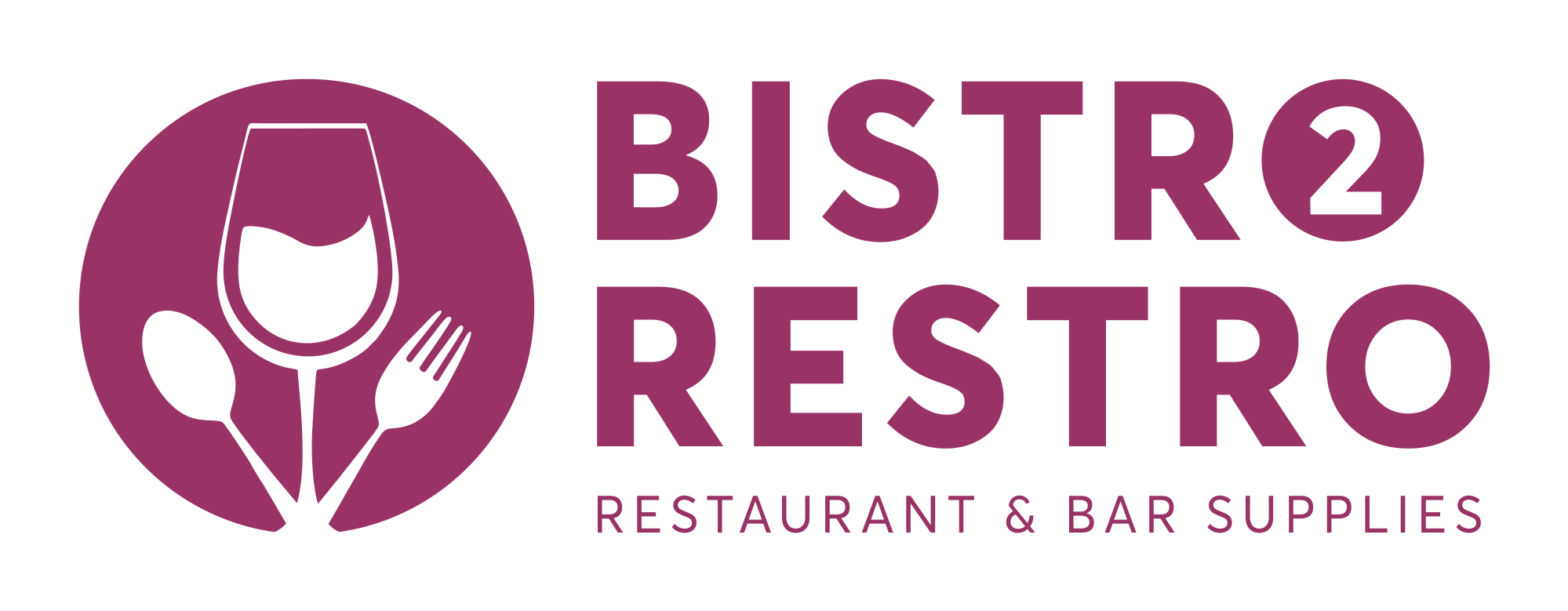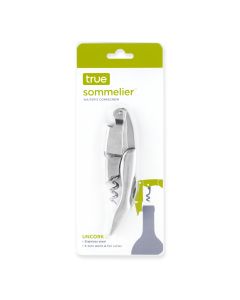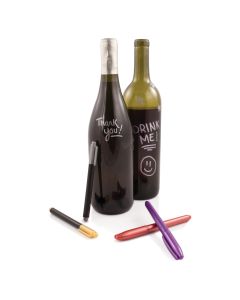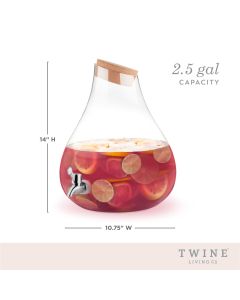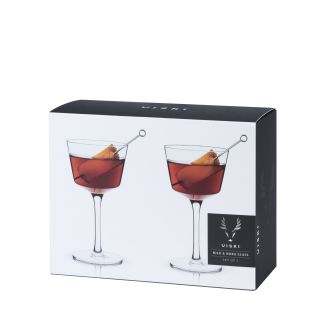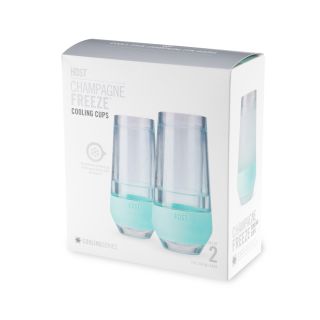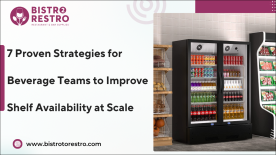Keeping an efficient bar inventory system isn’t just about counting bottles and supplies; it’s about optimizing your resources, controlling costs, and maximizing profits. Inaccurate inventory can lead to wasted resources, financial losses, and service disruptions, impacting your bar’s overall success. Let’s dive into a detailed, actionable guide to help you track, manage, and improve your bar inventory management.
Understanding the Basics of Bar Inventory
A well-structured liquor inventory system includes all items your bar needs to operate smoothly—liquors, beers, wines, mixers, garnishes, and glassware. Managing these items means tracking what you purchase, what you sell, and what remains, so you know when to reorder, what to discount, and where to cut back.
Here are the primary goals of bar inventory management:
-
Avoiding Stock-Outs: Knowing when you’re running low on popular items helps you restock efficiently.
-
Reducing Excess Inventory: Overordering leads to tied-up cash and potential spoilage.
-
Preventing Theft and Wastage: With close tracking, you can identify losses from theft, spills, or over-pouring.
-
Monitoring Sales Patterns: Inventory tracking helps identify bestsellers and slow movers so you can adjust ordering.
Mastering these basics lays the foundation for a cost-effective, profitable, and well-organized bar.
How to Set Up a Bar Inventory System for Success
Setting up your bar inventory system is crucial for accurate tracking and control. Here’s how to create a system that meets your bar’s specific needs.
Create Categories: Divide your inventory into categories (liquor, wine, beer, mixers, etc.) for easy access and counting. Within each category, list each brand and product type.
Standardize Measurement Units: Use consistent units (e.g., ounces, bottles) to measure each product. This standardization simplifies calculations and improves accuracy.
Use an Organized Inventory Template: A well-structured bar inventory sheet or bar inventory template keeps records organized. Each item should have columns for beginning stock, received stock, ending stock, and variances.
Implement a Barcode Inventory System: Using a bar code inventory system can streamline tracking, reduce human error, and increase speed, especially in busy environments.
Choose an Inventory Counting Method: Bars typically use one of three methods:
Perpetual Inventory: Update inventory in real-time as sales occur.
Periodic Inventory: Count inventory at regular intervals.
Just-in-Time Inventory: Order stock only when you’re close to running out to minimize excess.
Have a look at the Complete Guide to Shot Glasses
Determining How Often to Perform Bar Inventory
Knowing how often to perform inventory counts helps maintain accuracy without overwhelming staff. Here are some options:
Daily Counts for High-Value Items: If you serve expensive or fast-moving products, use a daily bar inventory form to monitor these items closely.
Weekly Inventory for Regular Stock: Weekly counts strike a balance, giving you up-to-date data on slower-moving items and reducing the risk of over-ordering.
Monthly Inventory for Rarely-Used Items: For items that are not used often, monthly counts can be enough, ensuring you catch slow-draining stock before it goes bad.
Find a schedule that suits your bar’s activity level. High-volume bars may need daily checks, while smaller establishments might find weekly or bi-weekly counts sufficient.
At BistrotoRestro, we provide essential barware and accessories to elevate your inventory management and enhance service. From shot glasses to cocktail and wine glasses, our selection suits every need, while accessories like bar spoons, jiggers, and strainers ensure efficient, stylish drink preparation. Discover the perfect tools for a seamless bar experience with us.
Using Accurate Measurement Techniques for Bar Inventory
Accuracy in measurement is key to effective inventory management. Here are a few recommended methods:
Weighing Bottles: Use a scale to weigh open bottles. Subtract the bottle’s tare weight, and you have an exact remaining volume.
Using Dipsticks or Measuring Cups: For larger quantities, like kegs or bulk mixers, dipsticks can measure remaining product with good precision. Measuring cups can help verify pours to prevent over-serving.
Leveraging Technology for Precision: Many bar inventory apps allow for inputting weight data directly, making it easier to track small variances over time.
Implementing these techniques enhances the accuracy of your counts and minimizes discrepancies, which are critical for maintaining cost control.
Tracking Pour Costs and Wastage in Bar Inventory
Tracking pour costs is essential to understanding profitability. The pour cost (or cost percentage) is the ratio of the cost of alcohol to the revenue generated from it. Here’s how to track it effectively:
Calculate Ideal Pour Cost: Divide the cost of the ingredients by the sale price. For instance, if a cocktail costs $2 in ingredients and sells for $8, the pour cost is 25%.
Monitor Wastage Carefully: Wastage can arise from spills, over-pouring, or broken bottles. Use a bar inventory checklist to log each occurrence, and track these events to spot trends.
Benchmark and Adjust Pricing: Once you know your ideal pour costs, you can set benchmarks. If actual pour costs are higher than ideal, review pricing or portion sizes.
Tracking pour costs not only helps with inventory control but also plays a significant role in pricing strategy and profitability analysis.
How to Handle Discrepancies in Bar Inventory
Discrepancies are inevitable, but managing them effectively helps minimize losses. Here’s a step-by-step approach to identifying and resolving inventory discrepancies:
Identify Patterns of Loss: Compare the stock you’ve counted with your bar inventory sheet. Look for consistent variances, such as specific items that are always understocked.
Investigate Causes: Common causes of discrepancies include theft, spillage, or human error. Use bar inventory tools to track loss types, and train staff to minimize these issues.
Implement Preventative Measures: Lock high-value items, standardize pouring practices, and reward staff for accurate inventory counts. Clear protocols help prevent recurring discrepancies.
Adjust Counts if Necessary: Regular adjustments to stock counts can help align records with reality and reduce future errors.
Addressing discrepancies promptly helps ensure your bar inventory management system remains reliable and effective.
Leveraging Technology to Simplify Bar Inventory Management
Technology has transformed bar inventory management. Here are some tools that make it easier:
Bar Inventory Software: Many programs offer features to automate tracking, calculate pour costs, and alert you when stock is low. They can also generate reports that make ordering and tracking easier.
Bar Inventory App Options: From the best bar inventory app for complete tracking to a free bar inventory app for basic counting, mobile apps are ideal for small bars or beginner setups.
Integrated POS Systems: Many bar inventory tools can sync with POS systems, automatically deducting from inventory as sales occur.
Automated Reordering: Some bar inventory software can reorder items when stocks dip below a certain level, saving time and reducing errors.
Technology not only saves time but also minimizes errors, helping ensure an accurate bar inventory system.
Training Your Staff on Bar Inventory Procedures
Even the best systems need knowledgeable staff to keep them running smoothly. Here’s how to train your team on inventory procedures:
Standardize Processes: Create a bar inventory checklist to ensure each team member follows the same steps during each count.
Provide Hands-On Training: Train staff on how to use measurement tools and inventory software, covering every step from counting to entering data.
Emphasize Accuracy Over Speed: Encourage staff to take their time. Small errors add up and can lead to significant discrepancies over time.
Offer Regular Refreshers: Schedule training updates to keep staff aligned with inventory best practices.
Investing time in training reduces errors and promotes consistency, making the whole bar inventory management process smoother. A well-organized bar inventory management system is essential for keeping costs down, minimizing waste, and ensuring smooth bar operations. By setting up a structured bar inventory system with standardized measurements, scheduled counts, and accurate tracking, you can gain valuable insights into stock usage, sales trends, and potential losses. Leveraging tools like bar inventory software or a bar inventory app further simplifies tracking and reduces errors. Training your staff and regularly reviewing procedures are also key steps in maintaining efficiency. With these practices, you’ll have a streamlined process that enhances profitability, reduces stress, and ultimately supports your bar’s success.
FAQs
How do I start tracking bar inventory for the first time?
Start by categorizing your stock, establishing a bar inventory template, and using a bar inventory app or software to simplify data entry. Begin with basic measurements, and refine your system as you become more comfortable.
What tools are essential for accurate bar inventory tracking?
Essential tools include a scale for weighing bottles, a bar inventory sheet or bar inventory checklist, and possibly bar inventory software or a bar code inventory system for accuracy.
How can I reduce shrinkage in my bar inventory?
Shrinkage can be minimized through regular inventory checks, implementing portion control, and training staff to follow proper serving sizes. Technology like a bar inventory app can also help spot loss patterns.
What’s the best way to monitor fast-moving items in bar inventory?
For fast-moving items, use a daily bar inventory form to monitor them closely. You might also consider automated reordering through bar inventory software to prevent stock-outs.
How can bar inventory software improve my bar’s efficiency?
Bar inventory software helps track, analyze, and manage stock in real-time. Automated calculations, alerts for low stock, and integration with POS systems can all contribute to smoother operations and lower costs.
